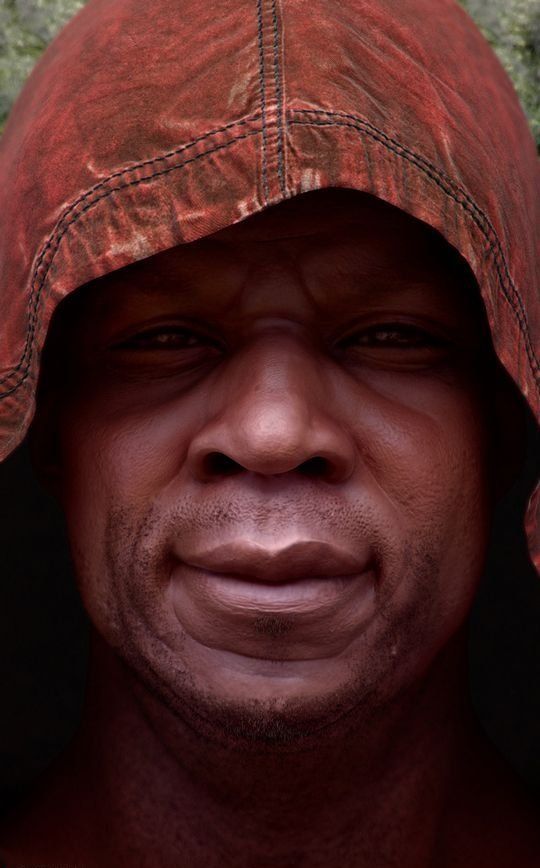|
|
Computer Graphics Digital Painting Portrait Illustration
|
- Shading
Shading refers to depicting depth in 3D models or illustrations by varying levels of darkness. It is a process used in drawing for depicting levels of darkness on paper by applying media more densely or with a darker shade for darker areas, and less densely or with a lighter shade for lighter areas. There are various techniques of shading including cross hatching where perpendicular lines of varying closeness are drawn in a grid pattern to shade an area. The closer the lines are together, the darker the area appears. Likewise, the farther apart the lines are, the lighter the area appears. The term has been recently generalized to mean that shaders are applied.
- Texture mapping
Texture mapping is a method for adding detail, surface texture, or colour to a computer-generated graphic or 3D model. Its application to 3D graphics was pioneered by Dr Edwin Catmull in 1974. A texture map is applied (mapped) to the surface of a shape, or polygon. This process is akin to applying patterned paper to a plain white box. Multitexturing is the use of more than one texture at a time on a polygon. Procedural textures (created from adjusting parameters of an underlying algorithm that produces an output texture), and bitmap textures (created in an image editing application or imported from a digital camera) are, generally speaking, common methods of implementing texture definition on 3D models in computer graphics software, while intended placement of textures onto a model's surface often requires a technique known as UV mapping (arbitrary, manual layout of texture coordinates) for polygon surfaces, while NURBS surfaces have their own intrinsic parameterization used as texture coordinates.
|
|









